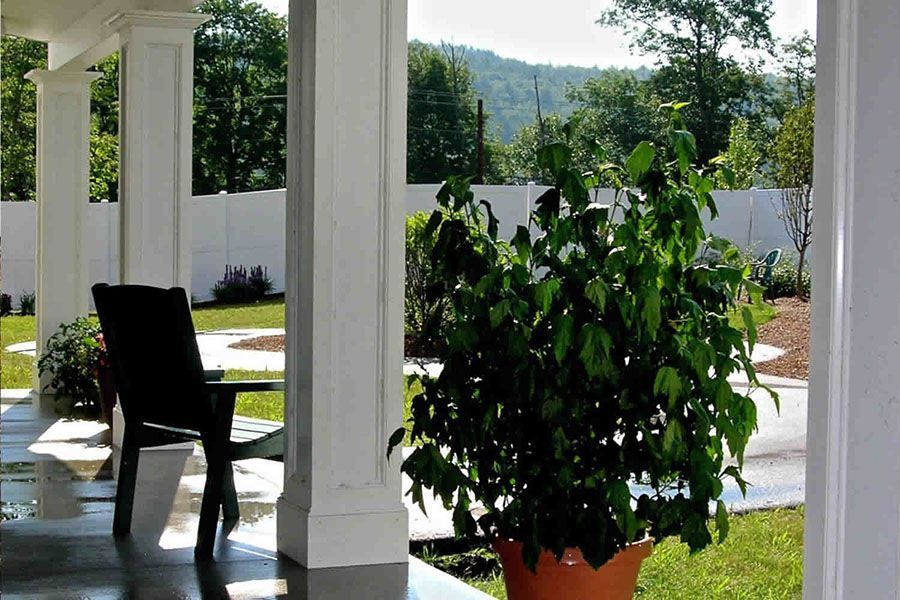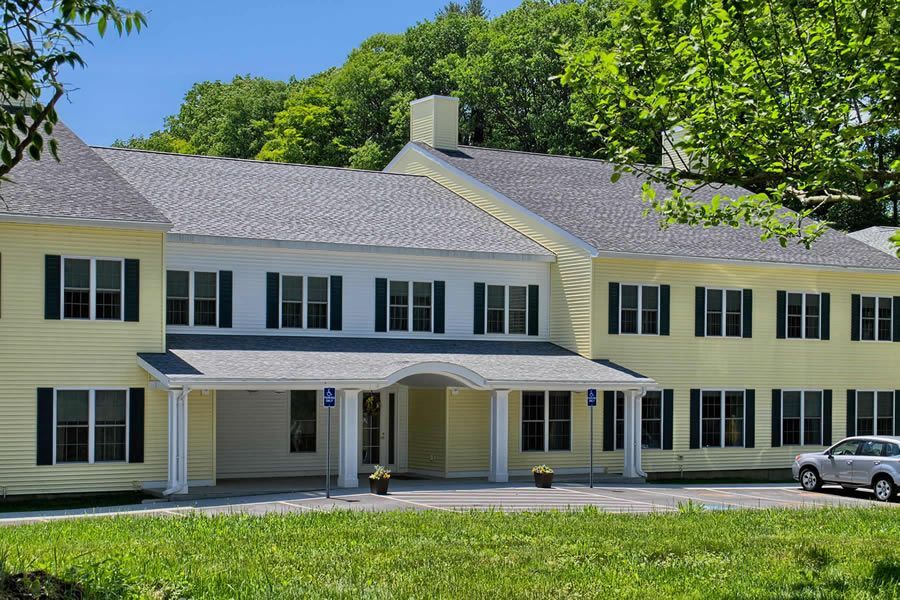Top Assisted Living Facilities Requirements You Must Know
What are the requirements for Assisted Living Facilities? Discover the necessary health assessments, financial eligibility conditions, and state-specific regulations you need to know.
Key Takeaways
- Admission to assisted living facilities requires meeting specific health, financial, and personal care criteria, ensuring residents receive appropriate support.
- To maintain quality and safety in care, each assisted living facility must comply with state and federal regulations, including staffing standards and regular inspections.
- Financial considerations for assisted living vary widely, so it is essential to understand payment options such as Medicaid, long-term care insurance, and out-of-pocket expenses when planning.
Health and Medical Needs Assessment
A thorough health and medical needs assessment is a cornerstone of the admission process for assisted living facilities. Most assisted living facilities may not have the secured environments necessary for residents prone to wandering, making them less suitable for individuals with severe memory impairments. This evaluation includes reviewing a potential resident’s medical history, conducting assessments, and preparing a personalized care plan. It is crucial to determine whether the facility can provide the necessary care and support.
Individuals can have health conditions that require assistance but can not require extensive medical care that assisted living facilities cannot provide. If a prospective resident’s health needs are too complex, they may be referred to a skilled nursing facility or nursing home, which can offer the required level of medical care and oversight.
Personal Care Needs
Personal care needs are another critical factor in the admission process for assisted living facilities. Long-term care insurance typically begins covering costs when the policyholder is unable to perform two daily living activities, such as bathing, dressing, or eating. This coverage can be crucial for ensuring the necessary care is affordable.
Assessing personal care needs involves evaluating a resident’s ability to perform these daily activities and determining the level of support required. This assessment ensures that the facility can provide proper care and maintain the resident’s safety and well-being.

Financial Considerations and Payment Options
Monthly costs for assisted living can significantly differ, ranging from $3,000 to nearly $7,000, depending on the state. Assisted living facilities must provide disclosure documents detailing charges and fees for services, which prospective residents should carefully review.
Understanding these financial considerations is crucial for planning and managing the costs associated with assisted living. This section will explore various financial options, including Medicaid and Medicare coverage, long-term care insurance, and out-of-pocket expenses.
Medicaid and Medicare Coverage
Medicaid services can help offset assisted living costs for eligible low-income seniors, but coverage details vary by state. Activities of daily living and other services are covered by Medicaid in assisted living settings.
Medicare covers some skilled nursing facility costs in specific situations but does not generally cover assisted living. About half of assisted living facilities are Medicaid certified, indicating compliance with state Medicaid rules.
Long-Term Care Insurance
Long-term care insurance options, such as partnership policies, help individuals protect most or all of their assets while receiving care. Medicaid provides assistance for long-term care costs, allowing eligible individuals to receive necessary care.
The legality and specifics of long-term care insurance policies can vary significantly among states. Understanding these variations is important for planning and securing the necessary financial support for assisted living.
Out-of-Pocket Expenses and Private Pay
Private pay for residents generally includes room and meals, general nursing care, and personal care. It also covers recreation, medical records, housekeeping, and linen services. Out-of-pocket expenses can vary widely across different facilities and may include additional services beyond the base rate.
States like Maryland and Wisconsin provide facility pricing information on their assisted living websites, helping families to understand the potential out-of-pocket costs. Understanding these costs is crucial for planning and managing the financial aspects of assisted living.
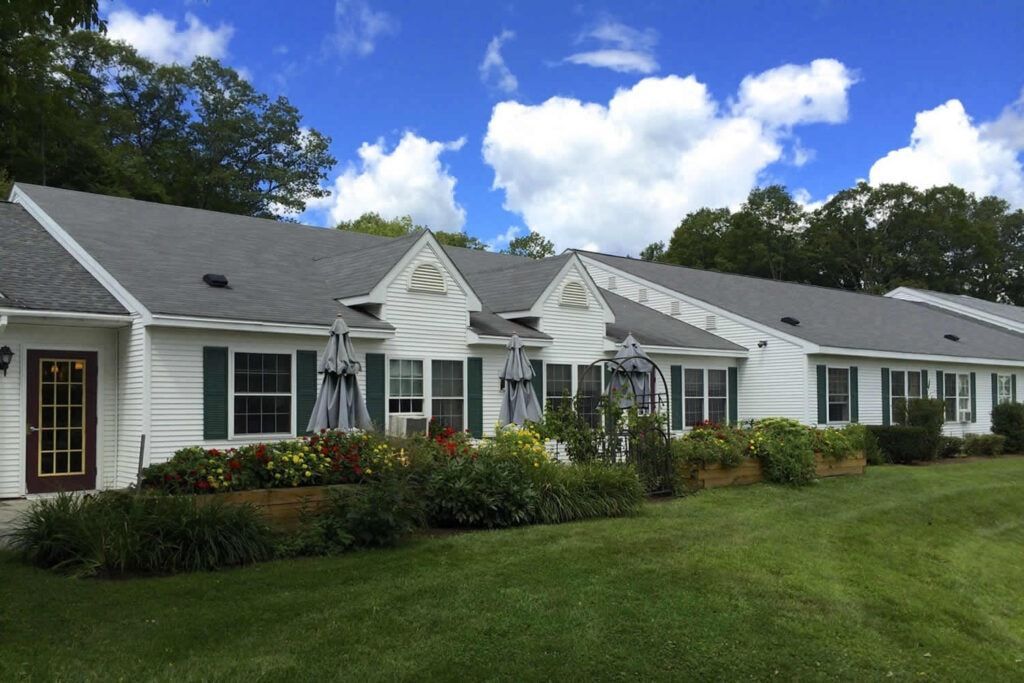
Licensing and Regulatory Compliance for Assisted Living Facilities
Operating an assisted living facility requires strict adherence to licensing and regulatory compliance. Most assisted living facilities must comply with state and federal regulations, but they may still lack the secured environments and sufficient staffing for residents requiring continuous supervision. Each facility must obtain a license, which involves meeting various state, local, and municipal regulations. This process typically includes an application, inspection, and ongoing compliance with health and safety standards.
The regulations for assisted living communities encompass a wide range of aspects, from cost and health to safety and staffing levels. Adequate staffing is particularly crucial for delivering quality care, and facilities must comply with state-defined staffing standards to ensure they can meet residents’ needs.
State-Specific Regulations
State regulations for assisted living facilities can vary significantly, impacting both care quality and operational compliance. These regulations often include specific requirements for staff-to-resident ratios, which can range from 1:6 to 1:20 based on resident needs. Understanding these ratios is essential for ensuring residents receive appropriate care.
Many states also mandate specific staff training and certifications, such as CPR and first aid, to comply with state-specific guidelines. These requirements ensure that staff are well-prepared to handle emergencies and provide high-quality care. Additionally, some states have unique requirements regarding long-term care insurance policies, influencing accessibility for residents based on their location.
Assisted living facility inspections may vary in frequency. Some states require them every year, while others may inspect them every two years. These inspections help ensure that facilities comply with regulations and provide a safe environment for residents.
Federal Guidelines and Oversight
Federal guidelines and oversight for assisted living facilities differ from those for nursing homes. Assisted living facilities are not required to adhere to the same federal regulations as nursing homes unless they accept Medicare and Medicaid funds. This distinction can impact the quality of care and services provided.
Facilities that accept Medicare and Medicaid must follow federal government regulations, which include specific guidelines for skilled nursing care and federal rules. These regulations help ensure that facilities provide a certain standard of care, but the differences between federal and state regulations can lead to variability in care quality.
Regular Inspections and Reporting
Regular inspections and compliance reporting are critical for maintaining the quality and safety of assisted living facilities. Facilities are typically inspected at least once every 15 months and annually upon complaint. These inspections verify that facilities adhere to state regulations and maintain high standards of care.
Residents or their families can request the latest survey or inspection reports to assess a facility’s compliance with regulations. Many states also provide online access to these reports, allowing families to make informed decisions based on the facility’s compliance history.

Resident Rights and Protections
Understanding Resident Rights
Resident rights are a cornerstone of the care provided in assisted living facilities. They ensure that every individual is treated with dignity and respect. These rights empower residents to actively participate in their care and maintain a high quality of life.
Residents in assisted living facilities have the right to:
- Respect and Dignity: Receive respectful and dignified treatment from staff and other residents.
- Care Plan Participation: Participate in the development of their care plan and make informed decisions about their care.
- Access to Medical Records: Have access to their medical records and be informed about their health status.
- Nutrition and Hydration: Receive adequate nutrition and hydration to maintain their health.
- Social Activities: Engage in social activities and recreational programs that enhance their well-being.
- Privacy and Confidentiality: Enjoy privacy and confidentiality in their personal and medical matters.
- File Complaints: File complaints and grievances without fear of retaliation, ensuring their concerns are addressed.

Staffing and Training Requirements
Staffing and training are critical components of effective care in assisted living facilities. These facilities are subject to stricter staffing regulations than skilled nursing facilities, ensuring a minimum standard of quality care. Recruiting and retaining qualified staff is a significant challenge, as skilled nurses often prefer different environments.
To attract qualified staff, administrators may need to invest considerable effort in finding applicants and offering competitive pay and benefits. This investment is crucial for maintaining a high standard of care and ensuring residents receive the support they need.
Minimum Staffing Levels
Minimum staffing levels are essential for providing adequate care to residents. Regulations address training, educational requirements, and staff availability overnight. Caregivers in assisted living support residents with essential daily tasks like bathing, dressing, and medication management.
It’s important to ask about the staff-to-resident ratio as it can indicate the level of individual attention provided. Support with daily activities often includes help with medication reminders, grooming, and mobility, ensuring residents maintain their independence and well-being.
Staff Qualifications and Certifications
Staff qualifications and certifications are crucial for providing safe and effective care in assisted living facilities. Common qualifications include CPR certifications, formal healthcare training, and a high school diploma. State regulations may stipulate specific staff qualifications and training requirements that vary across different states.
Many assisted living staff receive on-the-job training, and some may be certified nursing assistants or hold specialized training for specific conditions. Inquiring about staff training is essential to ensure quality care for residents.
Ongoing Training and Professional Development
Continuous training for staff is vital to ensure they remain compliant with current regulations and best practices in resident care. Regular training sessions help staff improve their skills and adapt to regulatory changes, which is crucial for maintaining high standards of care.
Ongoing training and professional development also ensure that staff members are well-informed about the latest practices and compliance requirements in care. This continuous education is essential for providing the best possible care and ensuring the safety and well-being of residents.
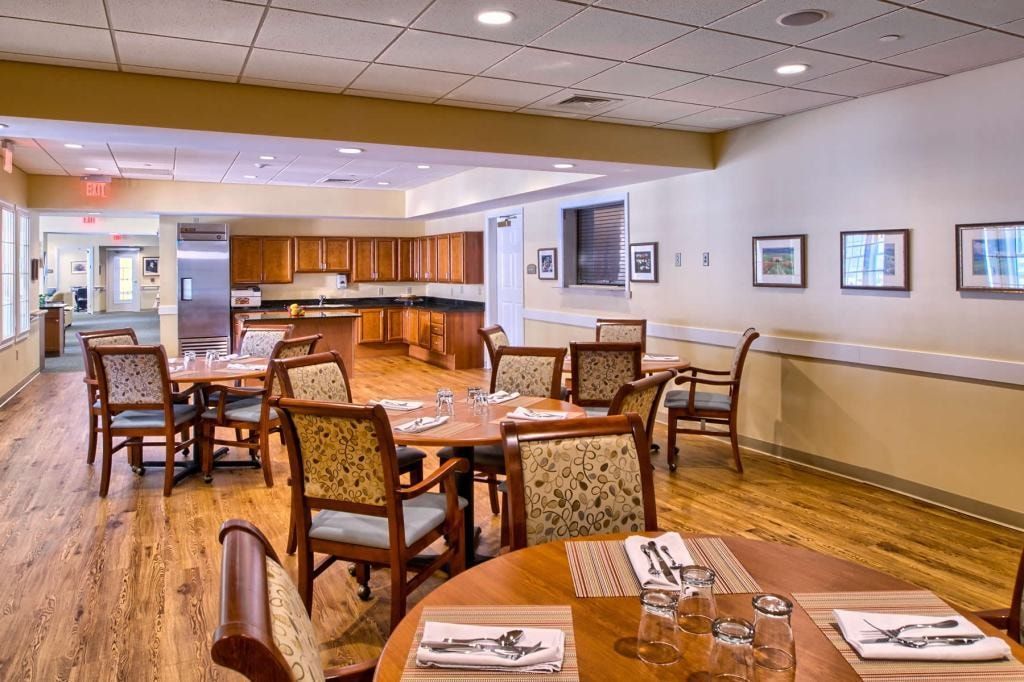
Services and Amenities Provided by Assisted Living Facilities
Assisted living facilities offer a comprehensive range of services and amenities that enhance residents’ quality of life. These services include personal care assistance, health and wellness programs, and engaging social activities. Facilities like The Village at Cedar Hill exemplify compassionate care tailored to residents’ needs.
A personalized care plan is developed for each resident based on various assessments, including health needs and daily living activities. This approach ensures that residents receive the support they need while maintaining their independence and well-being.
Daily Living Assistance
Assisted living facilities provide essential support services, including assisted living services, to help residents with daily activities. These activities include bathing, dressing, meal preparation, and medication management. These support services are crucial for maintaining independence while ensuring residents’ safety and well-being.
Personal assistance services are tailored to individual needs, enhancing residents' overall quality of life. This personalized approach ensures that each resident receives the appropriate level of care and support.
Social Activities and Community Engagement
Assisted living communities offer various social events, such as game nights, art classes, and outings to local attractions. These activities promote cognitive engagement and social bonding among residents.
Facilities often organize recreational events like arts and crafts or book clubs to encourage social interaction among residents. The Village at Cedar Hill, for example, fosters a vibrant community through its engaging social activities.
Specialized Care Options
Some assisted living facilities provide specialized services like memory care to cater to residents with specific health needs. Most assisted living facilities, however, may not have the secured environments necessary for residents prone to wandering, making them less suitable for individuals with severe memory impairments. These assisted living options are vital for improving the quality of life for residents in assisted living homes with unique health needs.
Memory care programs within assisted living facilities focus on providing tailored support for residents with Alzheimer’s and similar conditions.
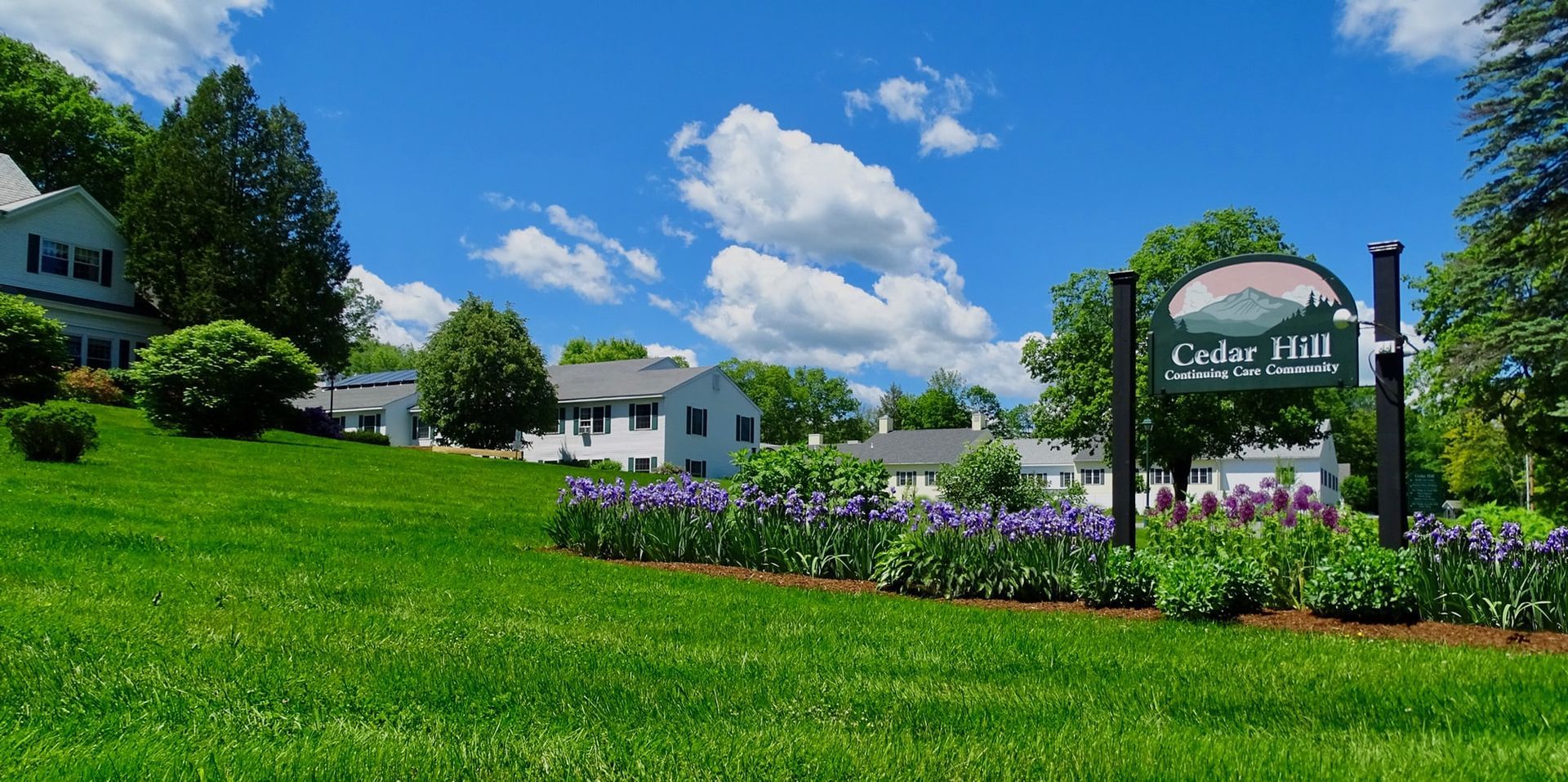
Choosing the Right Assisted Living Facility
Choosing the right assisted living facility can significantly impact residents' quality of life. Potential residents typically consider two to five different facilities before making a choice.
Evaluating multiple facilities allows you to compare services, interact with staff, and assess which community best meets your needs and preferences. This section will guide you through evaluating the facility's reputation, visiting and touring facilities, and asking the right questions during your search.
Evaluating Facility Reputation and Reviews
Online reviews provide insights into other families' experiences, helping to gauge a facility’s reputation. Checking reviews helps gauge family satisfaction and staff responsiveness. The Village at Cedar Hill, for example, has a trusted reputation for providing high-quality care. Personal referrals from healthcare professionals can also help assess a facility’s reputation.
Visiting and Touring Facilities
Personal visits are crucial for assessing the atmosphere and services of assisted living facilities. In-person visits allow potential residents to assess the cleanliness and safety of the environment. Touring facilities allow families to observe daily activities and interactions among residents and staff.
If COVID-19 regulations permit, it is recommended that visitors visit the facilities personally to better understand the environment.
Questions to Ask During Your Search
Inquiring about staff interactions with residents can reveal the level of care and compassion at the facility. Engaging with current residents during a visit can provide insights into community life and compatibility.
Asking about resident engagement opportunities can indicate the facility’s commitment to community. When searching for assisted living facilities, it’s crucial to evaluate how well they align with your personal care and community needs.
Summary
Choosing the right assisted living facility involves careful consideration of various factors, from admission requirements and regulatory compliance to services and financial options. By understanding these aspects, you can make informed decisions that ensure the well-being and quality of life for yourself or your loved ones.
This guide provides a comprehensive overview of what to look for in an assisted living facility. Armed with this knowledge, you are better equipped to navigate the complexities of choosing the right facility and ensure a comfortable, supportive environment for the future.
Frequently Asked Questions
What are the key admission requirements for assisted living facilities?
The key admission requirements for assisted living facilities include health and medical needs assessments, financial eligibility, and an evaluation of personal care needs. Meeting these criteria is essential to ensuring suitable care and support.
How do state regulations affect assisted living facilities?
State regulations directly influence the quality of care, staffing ratios, and operational compliance in assisted living facilities. Because there are considerable differences across states, understanding these regulations is essential for ensuring compliance and maintaining high standards of care.
What financial options are available for covering assisted living costs?
To cover assisted living costs, options such as Medicaid and Medicare, long-term care insurance, and personal out-of-pocket payments are available. It's essential to explore these options to determine the best financial strategy for your situation.
Why is it important to visit and tour assisted living facilities?
It is crucial to visit and tour assisted living facilities to evaluate the environment, services, and resident-staff interactions firsthand. This experience ensures informed decision-making for potential residents and their families.
What should I ask when evaluating an assisted living facility?
When evaluating an assisted living facility, it is crucial to ask about staff interactions, the availability of resident engagement opportunities, and how well the facility aligns with your personal care needs. This assessment will ensure that your preferences and requirements are fully met.




